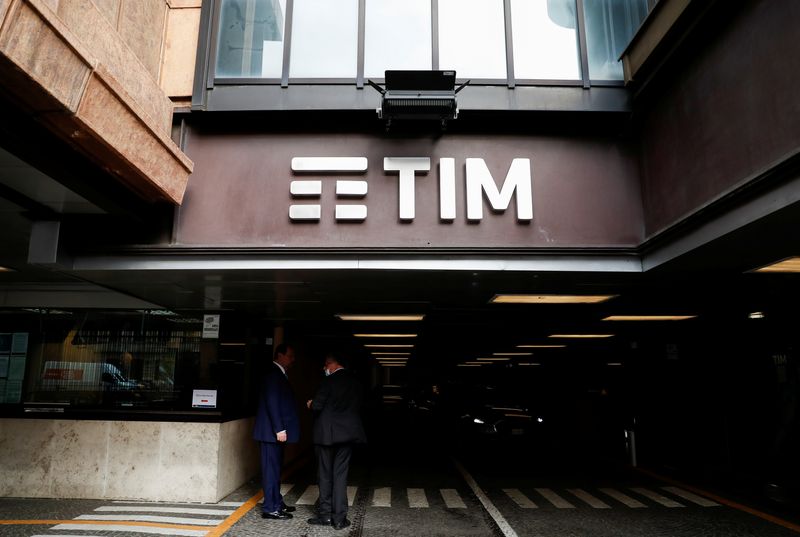MILAN (Reuters) - Telecom Italia (BIT:TLIT) (TIM) on Sunday approved the sale of its fixed-line network to U.S. private equity firm KKR in a deal that would make it the first telecoms group in a major European country to part ways with its landline grid.
However, a potential legal challenge from top TIM investor Vivendi (EPA:VIV) cast a shadow over the 19 billion euro ($20.4 billion) deal.
The following explains the significance of the potential sale:
WHAT IS UP FOR GRABS?
TIM's landline network covers nearly 89% of the country's households and its fibre cable stretches over 23 million kilometres across the country.
The company is also seeking a separate, much smaller deal, to sell its Sparkle submarine cable network which extends over 600,000 km and has a direct presence in 32 countries.
WHY IS TIM SELLING?
Crippled by 26 billion euros in net debt as well as cash burn, TIM has resorted to hiving off its main asset after years of fruitless efforts to restructure the business.
The sale is the main plank in CEO Pietro Labriola's plan to revive a company whose earnings have been shrinking for years due to stiff competition on its home turf.
TIM's network is Italy's main telecommunications infrastructure and governments have been looking for years to ensure investments are carried out to upgrade it to fast fibre optics from copper.
The rump TIM company would focus on its consumer business and enterprise digital service business and its lucrative Brazilian unit.
WHO ARE THE MAIN PLAYERS?
Vivendi is the largest individual shareholder, with a stake of almost 24%. The company has been arguing that the KKR bid undervalues the grid and would put at risk the sustainability of the remaining services business.
Vivendi, which first invested in TIM in 2015, has been repeatedly forced to write down the value of its holding.
State lender CDP is the second-largest investor, with a stake of almost 10%.
Prime Minister Giorgia Meloni's government is also involved as it regards telecoms infrastructure as a strategic national asset. The Treasury plans to take a stake of up to 20% in the NetCo business being sold.
Trade unions are also keen to protect the jobs of more than 40,000 TIM workers in Italy.
WHAT IS THE STATE OF ITALY'S TELECOMS MARKET?
Beyond TIM's grid, a second major network is being rolled out by Open Fiber, a company controlled by CDP and Australian investment group Macquarie.
There had long been talk of trying to combine TIM's network with Open Fiber. Competition concerns have so far hampered such a deal, but the project could be revived at a later stage, possibly excluding parts of Open Fiber's network in areas of the country where demand for connectivity is high.
In Italy, the share of households having access to full fibre-optic connectivity is 44%, well below the EU average of 70%, according to the latest EU annual report on digitalisation.
WHAT ARE THE HURDLES TO A DEAL?
Vivendi issued a blunt statement on Sunday night, accusing the TIM board of having "trampled on" shareholder rights by not putting the decision to an investor vote.
"Vivendi will use any legal means at its disposal to challenge this decision," it said.
Vivendi fought a five-year legal battle in courts across Europe with the Berlusconi family's Mediaset company, now known as MFE-MediaForEurope, over a failed 2016 pay TV deal.

London-based investment firm Merlyn Advisors, which owns a small stake in TIM and proposed an alternative strategy, is also pushing for a shareholder vote on the sale.
($1 = 0.9303 euros)